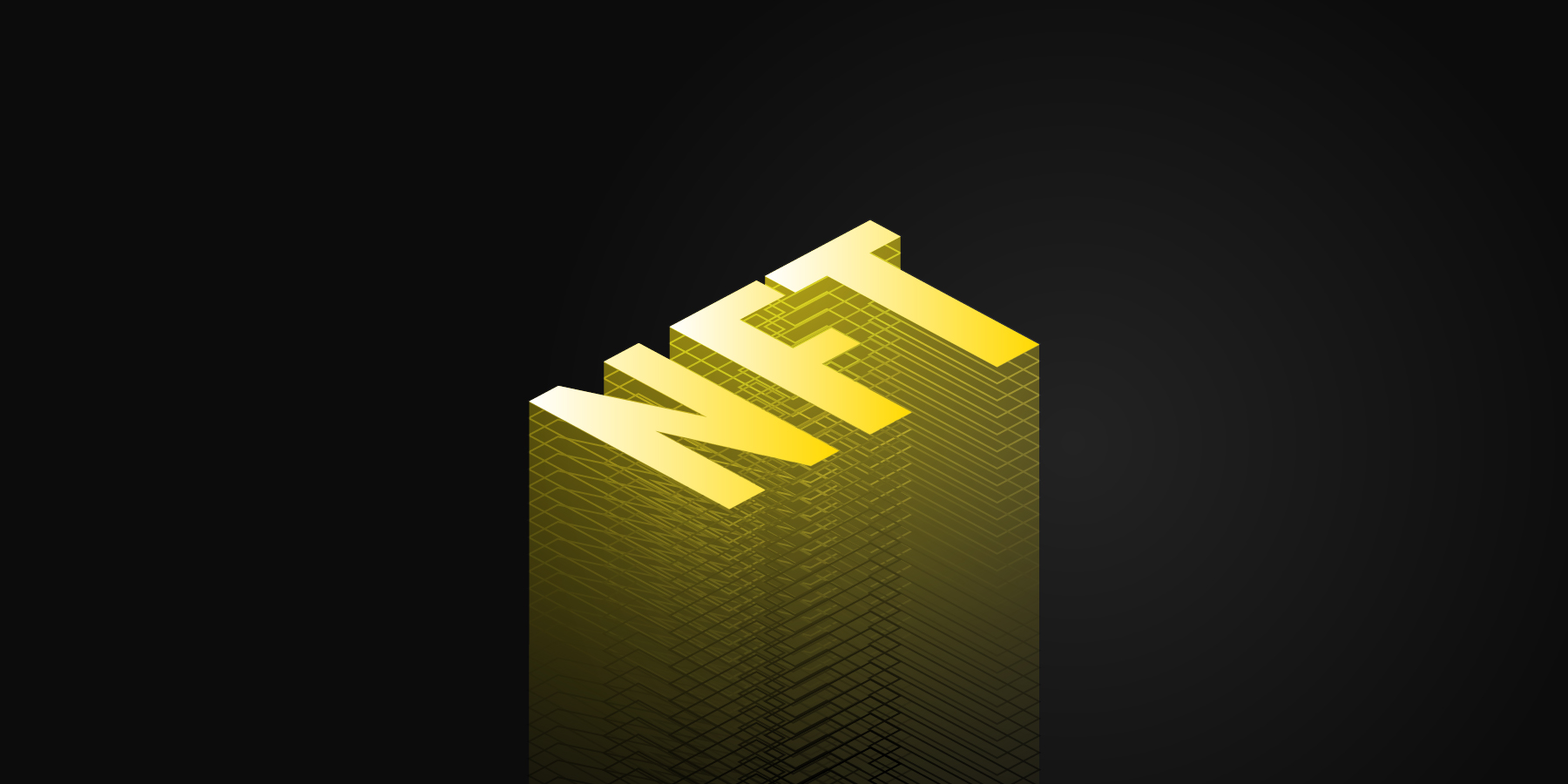What Is NFT Staking and How Does It Work?
Introduction: Exploring New Territories in NFT Staking
In the world of digital art and collectibles, Non-Fungible Tokens (NFTs) are often viewed as rare treasures that appreciate over time. The rapid development of this field has not only attracted widespread attention from developers, artists, and collectors but also prompted exploration into more diversified applications of NFTs. NFT staking, as an emerging use case, has garnered particular interest. Through this method, NFT collectors can not only share in the income from secondary market sales and royalties but also enhance the skills of their game characters and receive additional rewards on specific platforms, such as in game metaverses. This new trend not only provides new growth points for the value of NFTs but also opens the door for their holders to earn income.
NFT Staking and Its Mysteries
NFT staking is an innovative mechanism that allows NFT holders to earn passive income while retaining ownership. This process involves locking NFTs into a specific platform or protocol in exchange for staking rewards and other privileges. Although this concept is still in its early stages, it operates similarly to liquidity mining in decentralized finance (DeFi), with rewards depending on the Annual Percentage Yield (APY), the duration of staking, and the number of NFTs staked.
The uniqueness of NFTs means many investors and collectors prefer to hold long-term or engage in speculative trading. NFT staking allows them to monetize their assets without selling, attracting more participants and increasing market demand for NFT staking.
Compared to staking traditional cryptocurrencies like Bitcoin (BTC) or Ethereum (ETH), the entry barrier for NFT staking is relatively low. Participants simply need a cryptocurrency wallet to begin their NFT staking journey. However, not all NFTs are suitable for earning rewards through staking. Each project has different requirements for the NFTs that can be staked, so confirming the specific staking conditions of the chosen project before purchasing is crucial.
The Colorful Stage of NFT Staking
With the rise of NFT staking, various platforms and projects have emerged, providing rich staking options for NFT holders. Here are some noteworthy examples:
Direct Staking Opportunities from Projects
Bored Ape Yacht Club (BAYC) and Mutant Ape Yacht Club (MAYC) are two highly popular NFT projects offering direct staking opportunities from the project itself. This usually involves locking NFTs on the project's specific platform in exchange for rewards or value-added services.
NFT Staking in Games
Axie Infinity and The Sandbox are two renowned blockchain games that have integrated NFT staking mechanisms. In these games, players can enhance their in-game characters' abilities or unlock specific rewards and game assets by staking their own NFTs.
Staking and Lending Platforms
NFTfi and Drops are platforms offering NFT staking and lending services. Here, NFT holders can use their NFTs as collateral to obtain loans, thereby achieving asset liquidity while retaining ownership of their NFTs.
Fractional NFT Staking
Nftfy allows for the fractionalization of NFTs, where the ownership of an NFT can be split into multiple shares, making staking and investing in NFTs more flexible and accessible. Fractional shares of an NFT can be staked on the platform to generate returns for the holders.
These platforms and projects showcase the diversity of the NFT staking ecosystem. Whether directly participating in a project's staking program, earning extra rewards through games, using staking and lending platforms, or leveraging fractionalization mechanisms for asset liquidity, NFT holders can find a staking path that suits them. Each method has its unique advantages and requirements, making it important to understand the rules and conditions of each platform before participating.
Conclusion: The Future and Challenges of NFT Staking
As the NFT market continues to mature and evolve, NFT staking has emerged as a crucial bridge connecting digital art, gaming, and decentralized finance (DeFi). By allowing holders to earn income without selling their valuable assets, NFT staking has paved a new pathway for value creation. From direct staking with project creators to in-game applications, and onto staking for loans and fractionalization, the realm of NFT staking is rapidly expanding, offering investors diverse choices and opportunities.
Looking ahead, with advancements in technology and an increasing number of market participants, we can anticipate NFT staking to introduce even richer application scenarios and higher staking returns. However, as the market further develops, the regulatory and security challenges faced by NFT staking are also set to increase, requiring a collective effort from industry participants to ensure platform transparency and the safety of user assets. Looking forward, NFT staking is not only poised to continue fueling the prosperity of the NFT market but may also lead a new wave of financial innovation.
Popüler Sözlükler
İlgili Okumalar
Veri yok |

